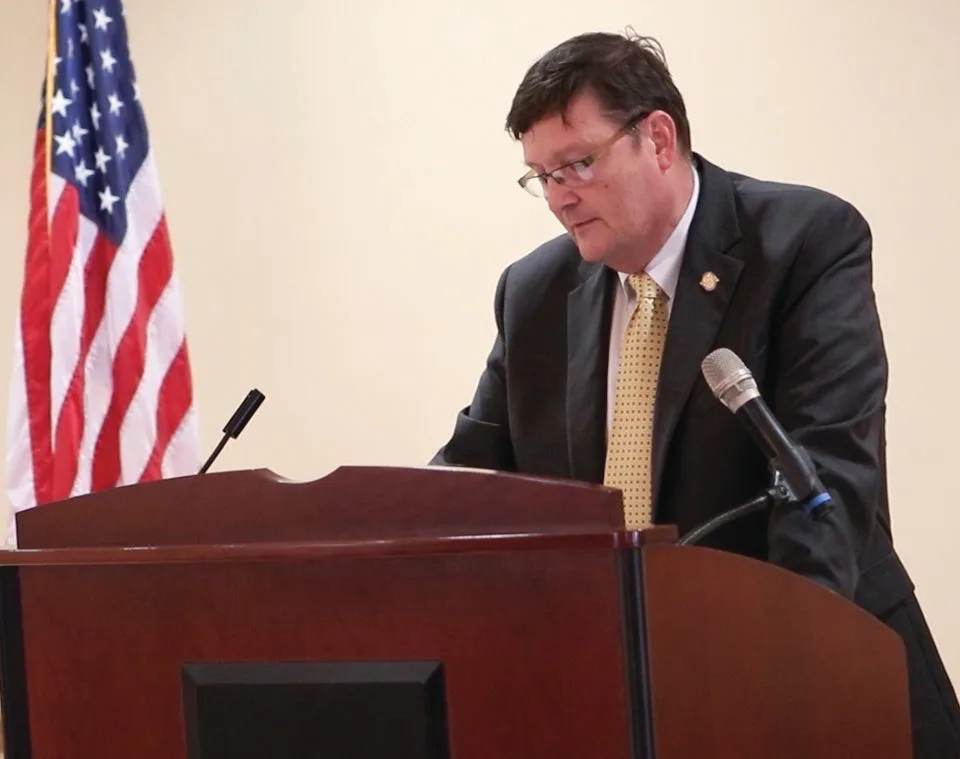University President Mark Hussey, Ph.D. discussed raising tuition and medical fees for students starting in Fall 2020 at a public hearing for students held on Monday afternoon.
For the variable rate option, the proposed tuition increase is $113.12, an increase of 2.6 percent.
This increase correlates with changes in the Higher Education Price Index (HEPI), which is an inflation index designed specifically to track the main cost drivers in higher education. Hussey requested an additional tuition increase of $150, which is based on 15 hours, to assist in modernizing campus resources.
“The use of those fees would be to essentially focus on the deferred maintenance and big data. Big data defined in broadest sense is IT, upgrades to classrooms, upgrades to research labs, etc., but really focusing on learning,” Hussey said.
The proposed increase would put tuition for the variable rate at $4,624 per semester, and the guaranteed rate would be raised to $4,855 per semester.
The variable rate option means tuition would be adjusted each year based on the changes in the HEPI, while the guaranteed rate ensures tuition is locked based on the rate during the year a student enrolls.
The proposed tuition increases will not be subject to a student referendum like the medical fee increase. The university is also proposing a $10 increase to the established $57 Group Hospital Fee. Because this fee represents more than a 10 percent increase, it must be approved by students through a referendum that will be available from 8 a.m. to 6 p.m. Tuesday, October 8 on Blue and Gold.
Acting Director of Student Services Antonia Alvarez noted that the necessity of this increase is to meet the needs of students.
“We are in the process of hiring a new counselor, but even then, it’s still not enough in terms of the needs of students. The behavioral health services that we see with our students… they come with more needs and the counselors are not going to be enough,” she said.
Hussey remarked that this fee increase will not cover all of the additions to medical staff.
“There is no doubt that this fee is not going to solve the issue. We’re going to have to find resources from other places, dig into reserves in order to provide what we really want to have as a quality health product for our students,” Hussey said.

